Standardized production / Modular structure / Safe and reliable
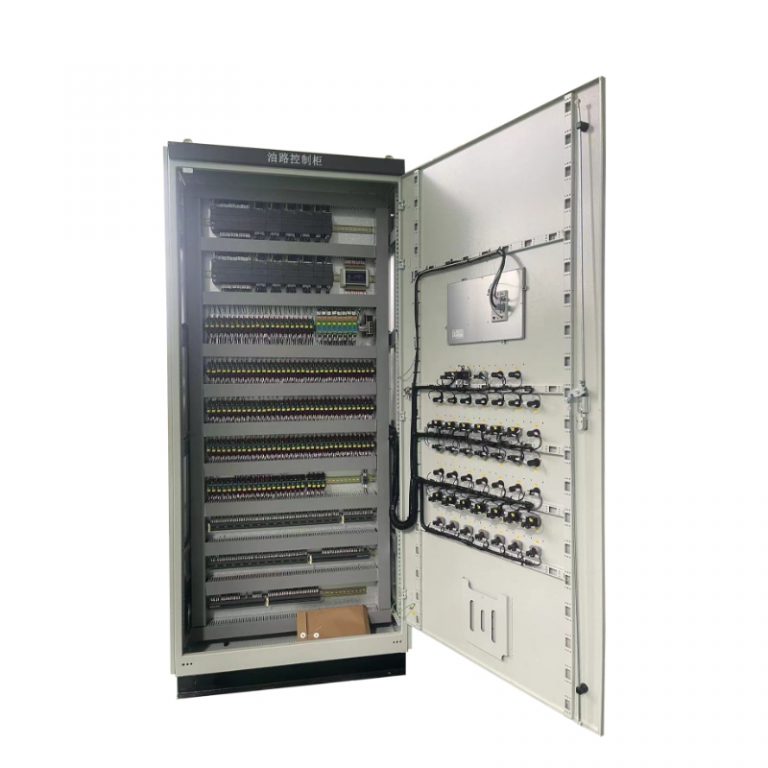

An integrated control system combining core components such as PLCs, frequency converters, and HMI. Designed with a modular structure and industrial-grade protection standards, it delivers a full-stack solution for production lines, machinery and equipment, and smart factories, enabling precise control, data interconnection, and fault self-diagnosis.
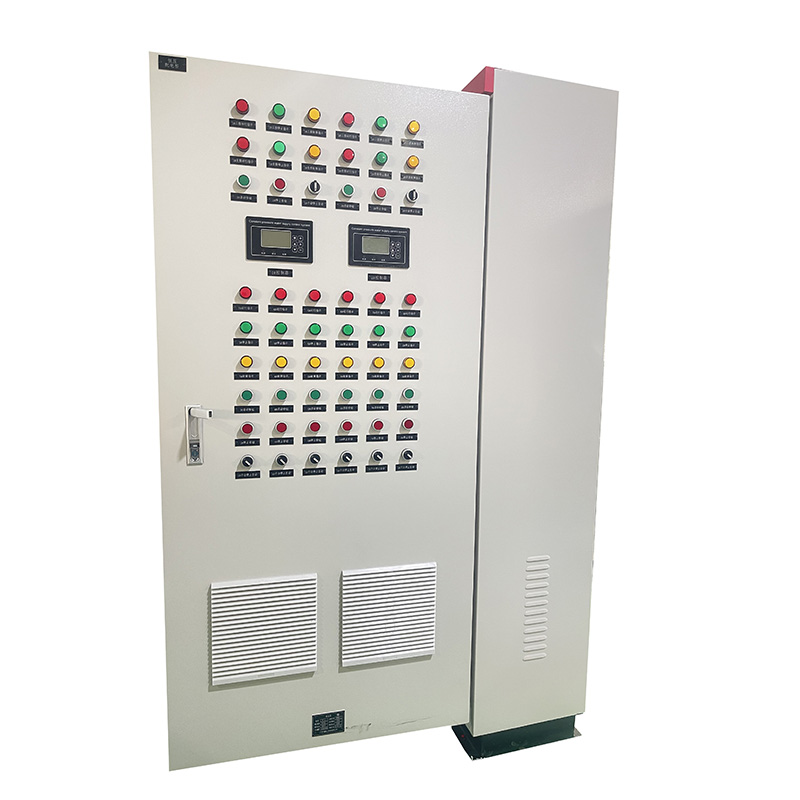
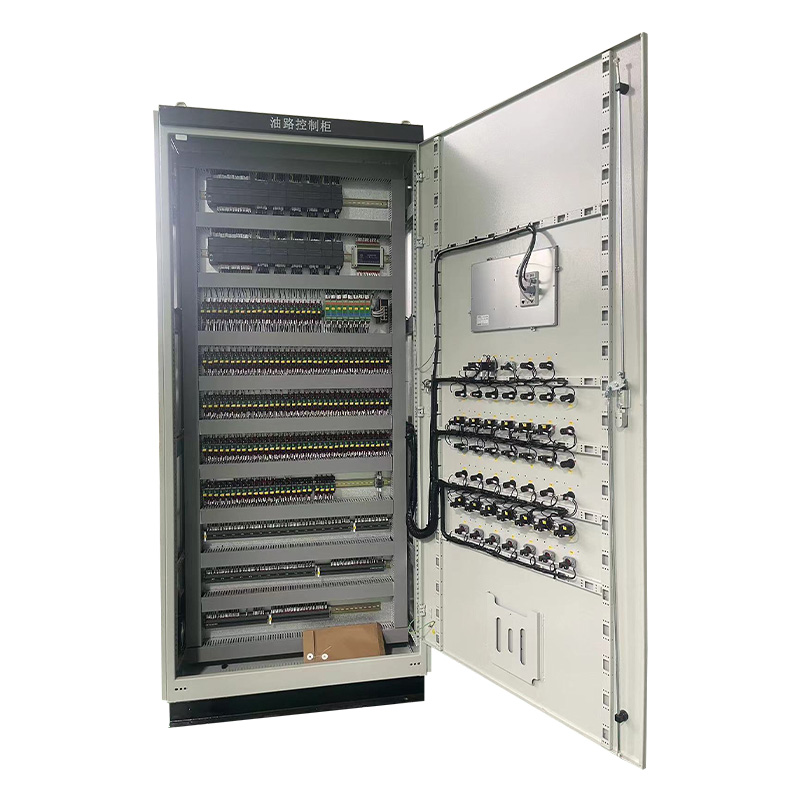
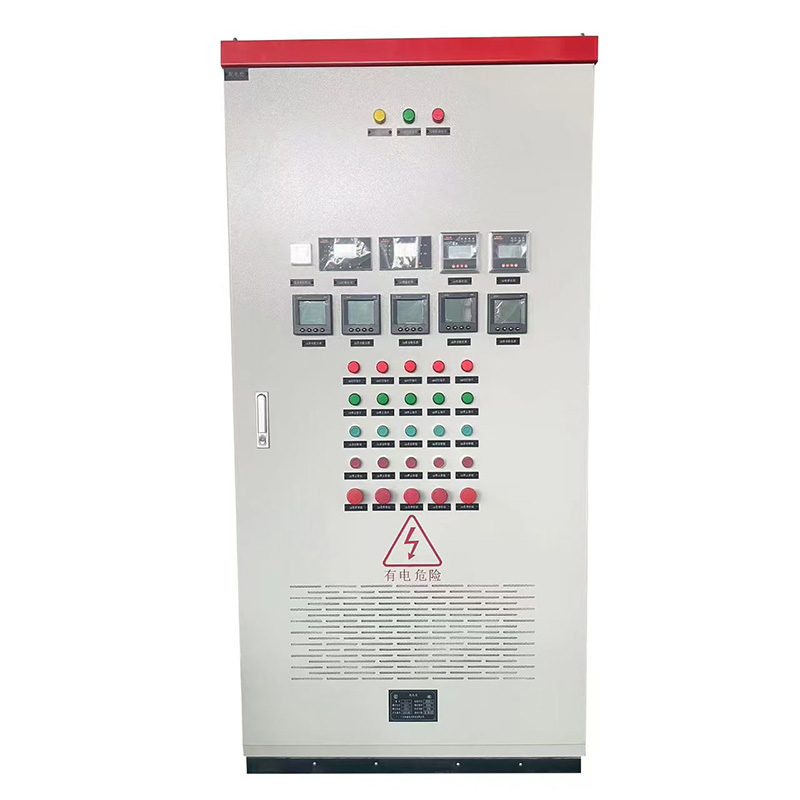
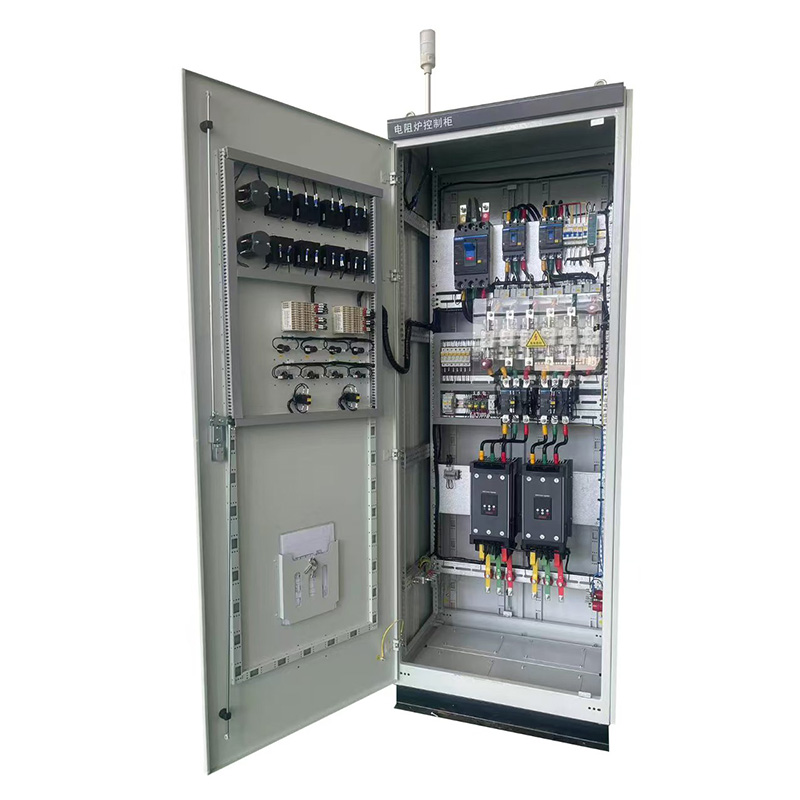
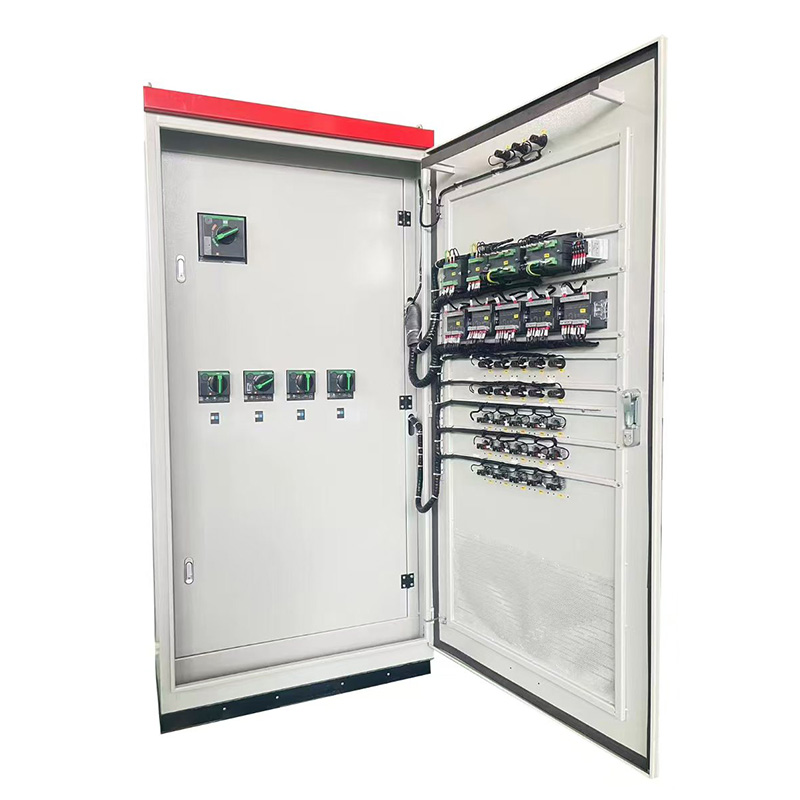
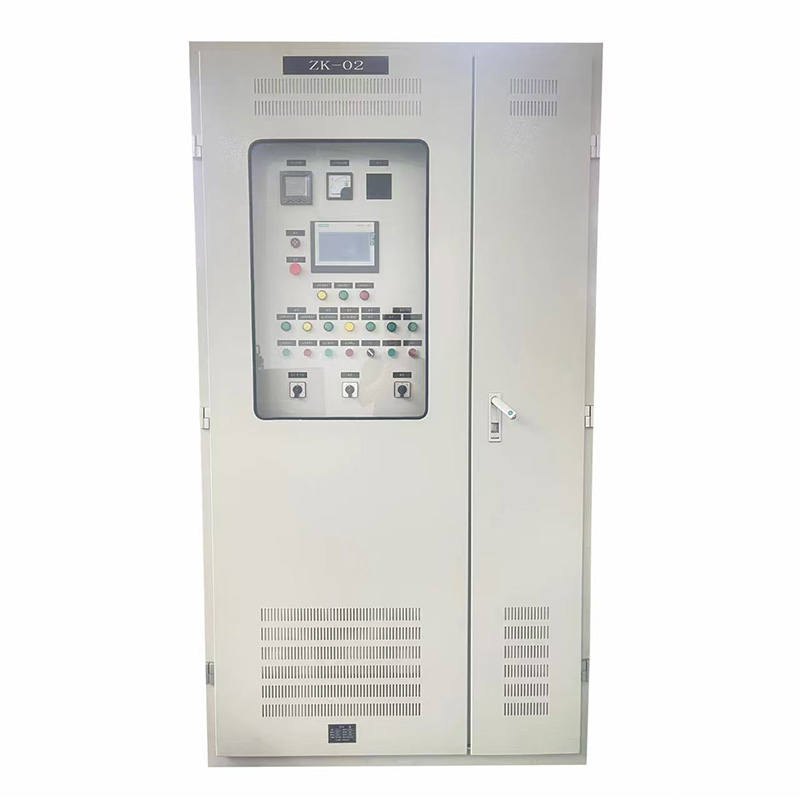
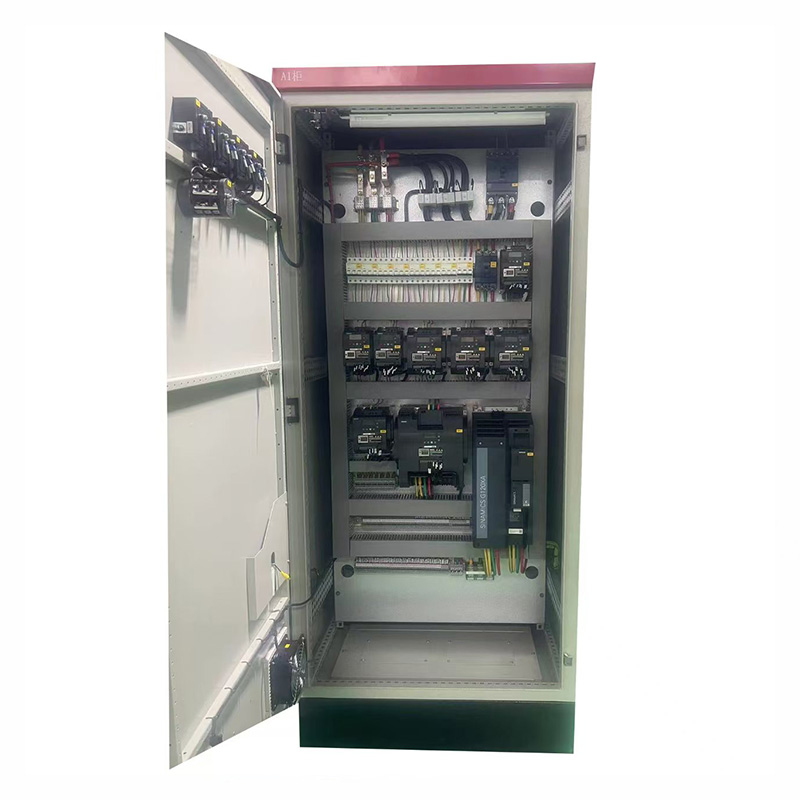
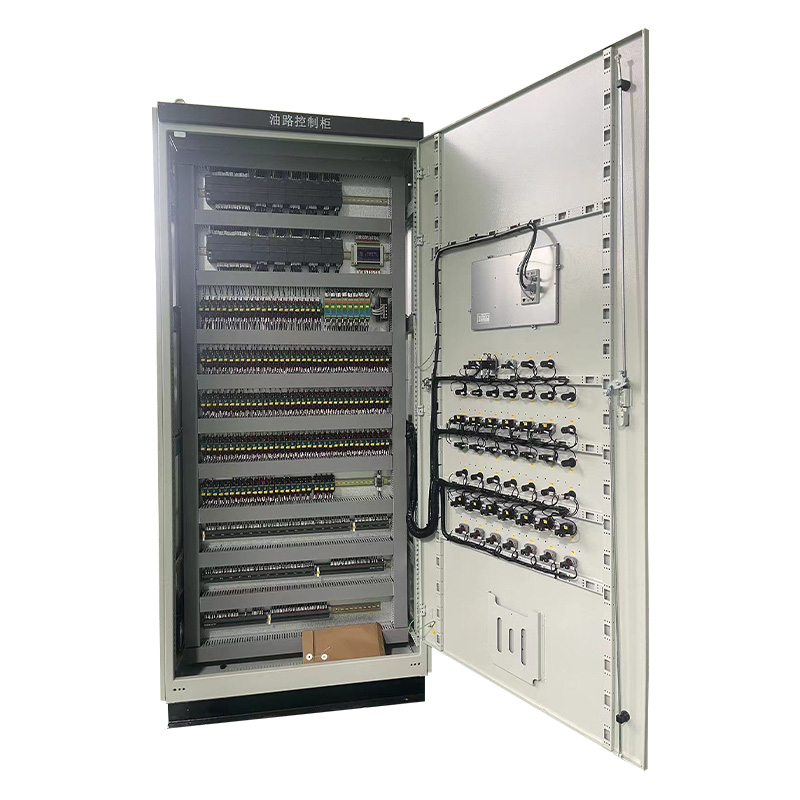
| Industry | Typical Uses | Value of Control Cabinets |
|---|---|---|
| Industrial Automation | Production line control, robotic arm scheduling | Realize multi-equipment collaboration, increase production efficiency by 20%+ |
| Power Systems | Distribution room monitoring, transformer control | Ensure power grid stability, reduce energy consumption |
| Building Automation | Central air conditioning, elevator group control, lighting | Energy-saving optimization |
| New Energy | Photovoltaic inverter control, energy storage system management | Solve the problem of grid connection for intermittent power generation |
Committed to providing customers with intelligent, safe and reliable power distribution solutions.

